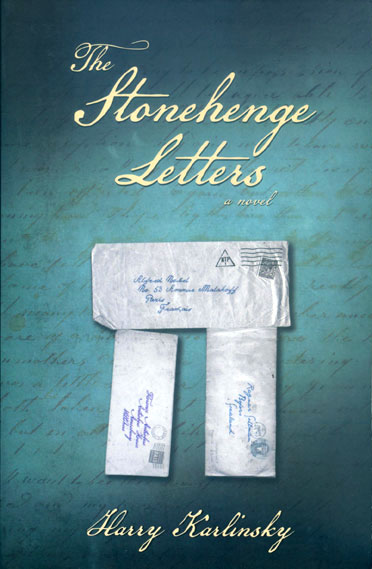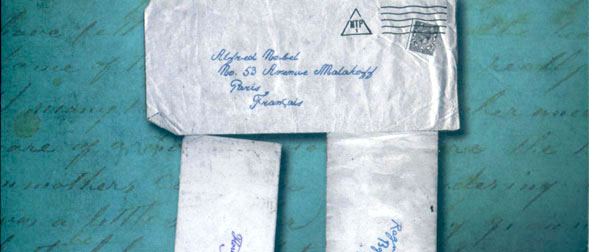Alfred Nobel’s last will caused a sensation when it was publicly revealed after his death in 1896. The industrial magnate and inventor of dynamite had left his family members small, personal bequests, and allocated the rest of his vast wealth to creating a set of prizes. The testament sparked an international, three-year legal battle between Nobel’s family and various public authorities.
Harry Karlinsky’s new historical novel The Stonehenge Letters takes up the ending of the legal dispute and adds a provocative twist to it. According to the book, Alfred Nobel added a secret codicil to his will, establishing an extra prize for solving the mystery of Stonehenge.
 The discovery of the additional prize is made by a psychologist conducting research in the Nobel Archives in Sweden. He stumbles across a file labelled ‘Crackpot’ that contains letters to Ragnar Sohlman, the executor of Alfred Nobel’s will. The letters, sent by people like Marie Curie, Theodore Roosevelt and Rudyard Kipling, all attempt to shed light on the nature of Stonehenge. Further research reveals that the secret prize was only open to Nobel Prize-winners, and that it was inspired by correspondence between Nobel and Florence Antrobus, a campaigner for the preservation of England’s iconic prehistoric monument.
The discovery of the additional prize is made by a psychologist conducting research in the Nobel Archives in Sweden. He stumbles across a file labelled ‘Crackpot’ that contains letters to Ragnar Sohlman, the executor of Alfred Nobel’s will. The letters, sent by people like Marie Curie, Theodore Roosevelt and Rudyard Kipling, all attempt to shed light on the nature of Stonehenge. Further research reveals that the secret prize was only open to Nobel Prize-winners, and that it was inspired by correspondence between Nobel and Florence Antrobus, a campaigner for the preservation of England’s iconic prehistoric monument.
The solutions from the Nobel laureates are presented one by one. The book also lays the groundwork for the entire scenario by sketching a biography of Alfred Nobel, his work, and the legal complications that arose after his death.
The novel is presented as a work of nonfiction, and it is difficult to tell where history ends and imagination begins as the two are woven together deftly. Fact and fiction are both richly chronicled, with the account of Nobel’s life and the establishment of the Nobel Prizes being particularly detailed and extensive. The letters of the Nobel laureates are written in language that elegantly evokes the style of the times. The text is also complemented by a wide variety of images of artefacts (such as letters, photographs, drawings, and diagrams), all of which heighten the realism of the tale. This is also bolstered by a bibliography, appendices and postscripts.
Psychoanalytical references also fill the novel. Mainly taking the form of footnotes, they help to explain various characters’ behaviours and attitudes. The appendix on Alfred Nobel – containing a detailed list of his “dominant personality traits, defence mechanisms and primary mental disorders” – is especially insightful. Apparently, Nobel’s emotional life revealed delusional disorder, an Oedipus complex, and depression.
Although the book’s premise is striking, its narration moves slowly. The final part of the book, in particular, is slightly anti-climactic. It misses several opportunities to add more suspense and mystery to the plot. The novel is decidedly more a historical chronicle than a mystery story.
Parts of the book also lack clear rationales. The postscripts, for example, contain short biographical descriptions of 15 of the book’s key characters; the reason for these descriptions is unclear. Also, some of the characters’ actions in the novel lack solid motivations. For instance, why would someone as important and busy as Theodore Roosevelt enter such a seemingly obscure competition?
Despite these minor shortcomings, The Stonehenge Letters is a detailed historical portrait of a bygone era that offers an intriguing puzzle, at the centre of which is a captivating (though completely fictional) addition to one of the world’s most prestigious and famous sets of prizes.
The Stonehenge Letters, by Harry Karlinsky, Coach House Books, Toronto, 2014




